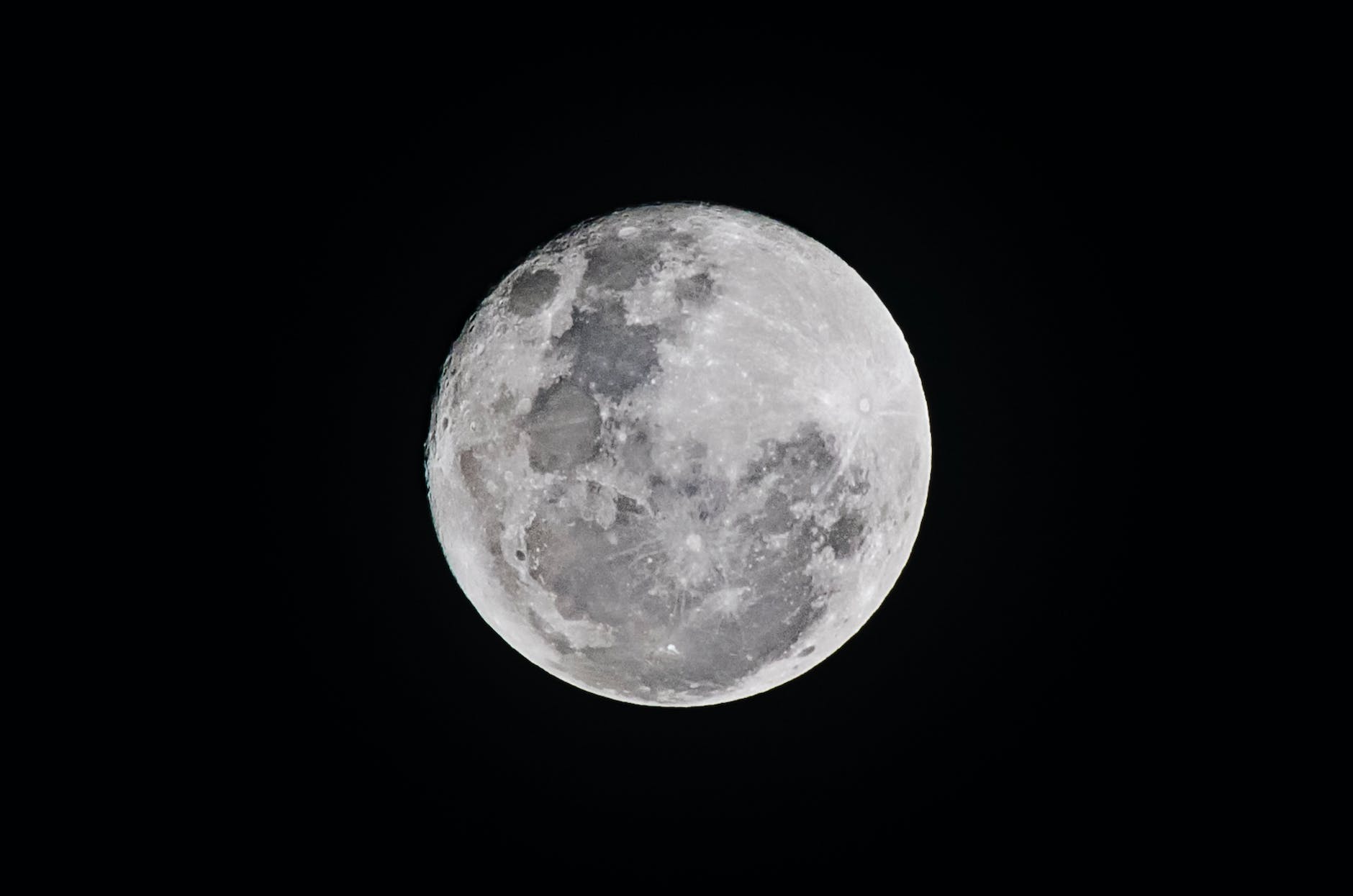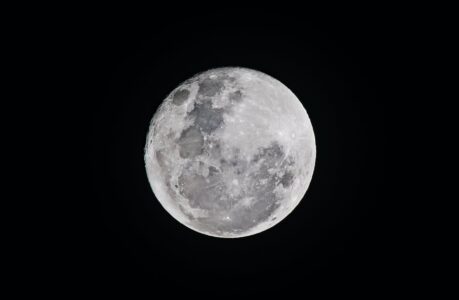Unveiling the wonders of the lunar landscape, this article delves into the intriguing features found on the surface of Earth’s celestial companion.
The Moon, our closest celestial neighbor, has captivated the human imagination for centuries. Its mysterious and barren landscape has inspired countless scientific inquiries and fueled dreams of space exploration. While we may not yet have the ability to physically visit the Moon’s surface, advancements in technology and space exploration have allowed us to delve deeper into its secrets. In this article, we will take a journey to the Moon and uncover seven of its most intriguing features.
1. Craters: The Lunar Pockmarks
One of the most prominent features on the Moon’s surface is its abundance of craters. These vast pockmarks, created by the impact of meteoroids, asteroids, and comets, provide a glimpse into the violent history of our solar system. The Moon’s lack of a substantial atmosphere means that incoming space debris reaches the surface unhindered, resulting in the formation of impact craters.
The most famous lunar crater, aptly named the Tycho crater, is a prime example of this lunar feature. With a diameter of approximately 85 kilometers (53 miles), it stands out due to its relatively young age and its bright rays, which extend across the lunar surface. The Tycho crater offers valuable insights into the geological processes of the Moon, as well as the history of impacts in the solar system.
2. Maria: The Dark Stains of the Moon
Contrasting the light-colored regions of the Moon’s surface are the dark, smooth plains known as maria (singular: mare). These areas were once thought to be seas by early astronomers, hence the name “maria” (Latin for “seas”). However, we now know that they are vast expanses of solidified lava, created by volcanic activity billions of years ago.
The Sea of Tranquility (Mare Tranquillitatis) is one of the most famous lunar maria. It gained worldwide recognition as the landing site for the Apollo 11 mission, where Neil Armstrong and Buzz Aldrin took humanity’s first steps on the Moon. The Sea of Tranquility covers approximately 290,000 square kilometers (110,000 square miles) and offers a stark contrast to the surrounding highland regions.
3. Rilles: Lunar Scar Tissue
Intricately weaving across the lunar surface, rilles are channels or depressions that resemble dried-up riverbeds. These formations can span from a few meters to several kilometers in width and hundreds of kilometers in length. The origin of rilles has been a topic of scientific debate, with proposed explanations ranging from lava channels to collapsed lava tubes.
One of the most prominent lunar rilles is Vallis Schröteri, also known as the Schröter’s Valley. It stretches for approximately 160 kilometers (100 miles) across the lunar landscape and features a series of interconnected channels. Named after the German astronomer Johann Schröter, who extensively studied the Moon in the late 18th century, Vallis Schröteri serves as a testament to the dynamic geological processes that shaped the Moon.
4. Highlands: Peaks and Valleys
While the Moon’s maria dominate the dark regions, the light-colored areas are known as the lunar highlands. These rugged terrains are characterized by their elevated peaks, deep valleys, and extensive cratering. Unlike the maria, the highlands are composed of ancient crustal rocks that have been heavily bombarded by impacts over billions of years.
One of the most remarkable features within the lunar highlands is the Apennine Mountains. Stretching for over 600 kilometers (370 miles), this mountain range is home to the dramatic lunar peak Mons Huygens, which rises to an impressive height of 5.5 kilometers (3.4 miles). The Apennine Mountains bear witness to the immense geological forces that have shaped the Moon’s surface over its long history.
5. Lava Tubes: Subterranean Tunnels
Beneath the Moon’s desolate surface lies a hidden world of tunnels known as lava tubes. These cavernous structures were formed when flowing lava created channels that eventually solidified, leaving behind hollow tubes. Lava tubes are of great interest to scientists and potential future lunar explorers, as they could serve as natural shelters from extreme temperatures, radiation, and micrometeorite impacts.
One notable example of a lunar lava tube is the Marius Hills Skylight. Discovered through satellite imagery, this cavernous opening in the Moon’s surface offers a glimpse into the vast network of underground tunnels. With a diameter of approximately 65 meters (215 feet), the Marius Hills Skylight presents an opportunity for further exploration and potential colonization efforts in the future.
6. Regolith: The Moon’s Blanket of Dust
Covering the entirety of the Moon’s surface is a layer of loose, fragmented material known as regolith. This powdery blanket of dust is the result of billions of years of meteoroid impacts and micrometeorite bombardment. The regolith serves as a record of the Moon’s history, as well as a potential resource for future lunar missions.
The Descartes Highlands provide a glimpse into the composition and characteristics of the lunar regolith. This region was explored by the Apollo 16 mission, which collected rock and soil samples to study back on Earth. The regolith samples from the Descartes Highlands revealed valuable insights into the Moon’s geological evolution, shedding light on its volcanic past and the formation of impact craters.
7. Lunar Swirls: Mysterious Patterns in the Dust
Adding an artistic touch to the lunar landscape, lunar swirls are enigmatic features characterized by intricate patterns of light and dark markings. These swirling formations are thought to be the result of interactions between the Moon’s magnetic field and solar winds. The exact mechanism behind their formation remains a subject of ongoing scientific research.
One of the most notable lunar swirls is the Reiner Gamma Formation, located on the near side of the Moon. This peculiar swirl spans approximately 50 kilometers (30 miles) and showcases a fascinating blend of light and dark regions. Its distinctive appearance has puzzled scientists for decades, and further investigation is necessary to unravel the secrets behind this mesmerizing lunar feature.
As we gaze at the Moon from our vantage point on Earth, its surface offers an alluring glimpse into the wonders of our cosmic neighborhood. From the captivating craters to the mysterious lunar swirls, each feature tells a unique story about the Moon’s formation and evolution. While humanity’s physical exploration of the Moon is still limited, advancements in technology continue to provide us with unprecedented insights into our lunar companion. As we unravel the secrets of the Moon, we inch closer to a deeper understanding of our place in the vast expanse of the universe.

